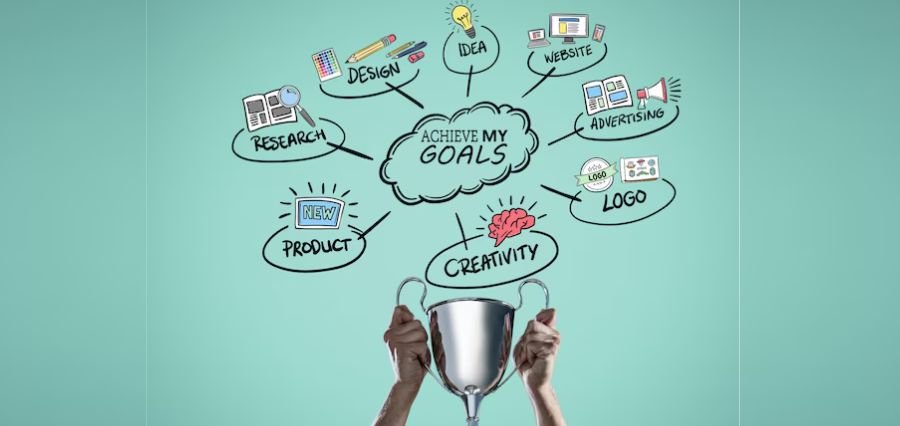The Future of Asset Management
Entering 2025, the way that technology intersects with sustainability and compliance is becoming a critical aspect both for businesses and governments. As the pace of technological advance reshapes industries today, it creates an eventual need for sustainable practices and regulatory compliance.
This article delves into the key trends guiding these domains and explains their implications for the future.
Technology Trends Shaping the Future
- Agentic AI: Emergence in sectors- the agentic AI is proving a revolutionizing force, and the application involves autonomous decision making by scanning of huge amounts of data without interference by humans. There is a good possibility that by 2028, at least 15 percent of the routine work decisions could be taken through agentic AI every day. So, there’s a clear deviation from query-response systems to intelligent autonomous agents; this would create more efficiency and productivity so organizations can shift on strategic issues and not routine affairs.
- Spatial Computing: Spatial computing, which includes augmented reality (AR), virtual reality (VR), and mixed reality, will change the way organizations conduct their businesses. It fosters collaboration and streamlines workflows so that it becomes easier for teams to interact with digital information in real-world contexts. Such technology will, in time, grow imperative in healthcare and various sectors where, for example, it already guides educational programs for patients and planning for surgeries.
- Cybersecurity Innovations: Digital threats have led organizations across the world to remain top priority for cyber security. With the emergence of AI-driven threat detection systems that use real-time monitoring and predictive analytics, it will soon protect digital assets and make business run complex technologies successfully by complying and being operationally sound.
Sustainability Trends Driving Change
- Green Computing: With this, the pressure to be sustainable has been the force behind green computing initiatives that try to reduce the impact of technology on the environment. This encompasses energy consumption optimization in data centers and the development of eco-friendly tech innovations in all industries. Companies have increasingly realized that sustainability is beneficial to the environment, improves their brand reputation, and boosts their operational efficiency.
- Electric Vehicles (EVs): The automotive industry is undergoing a fundamental transformation with the increasing adoption of electric vehicles. This shift is crucial for reducing greenhouse gas emissions from transportation-one of the largest contributors to climate change. Integration of autonomous driving technologies with EVs promises to further enhance safety and efficiency in urban mobility.
- Smart Cities: Smart cities will be another significant development. These smart cities harness technology for efficiency in resource consumption, reducing the amount of wastage and contributing to an effective quality of living for their occupants. Efficiencies in such ways are coming forth through the likes of smart grid, urban agriculture, and smart technologies for efficient management of waste within cities.
Compliance Challenge in Technology and Sustainability
- Regulatory Frameworks: With advancements in technology, the legal framework of regulation for the usage also advances. Businesses must work their way through complicated compliance landscapes to issues regarding data privacy, cybersecurity, and environmental impact. The deployment of multi-cloud and hybrid cloud solutions will add flexibility but comply with local regulations related to data sovereignty.
- Ethical AI Practices: Ethical considerations are more important as technologies advanced. Businesses have to make sure that the AI systems they produce and utilize, are created and used in the right manner, following specific rules that eradicate discrimination and offer accessibility. Ethical AI practices will therefore be critical for society because it is going to have to manage more sophisticated systems.
- Collaboration Across Sectors: Responding to challenges from technology and sustainability requires overlapping intervention among various stakeholders. The collaboration between the public and private entities assists in sharing of information and best practice of developing and implementing innovation within regulations. Such collaboration is needed to achieve efficient solution that incorporates the technological factor with the consideration of the environment.
Conclusion
Now that we are heading into 2025, the three drivers of technology, sustainability, and compliance will cause more changes in our world. Some of the trends of focus include, the agentic AI, spatial computing, green initiatives, and smart city. These are going to be the major drivers that will cause this change.
However, legal standards and ethical issues will make it necessary for the organizations to beard the thorny issues in their quest to survive within this paradigm. Incorporating all these trends in collaboration will go to the extent of making a contribution towards enhancing sustainability by organizations as they adhere to standards that are changing so fast.


















